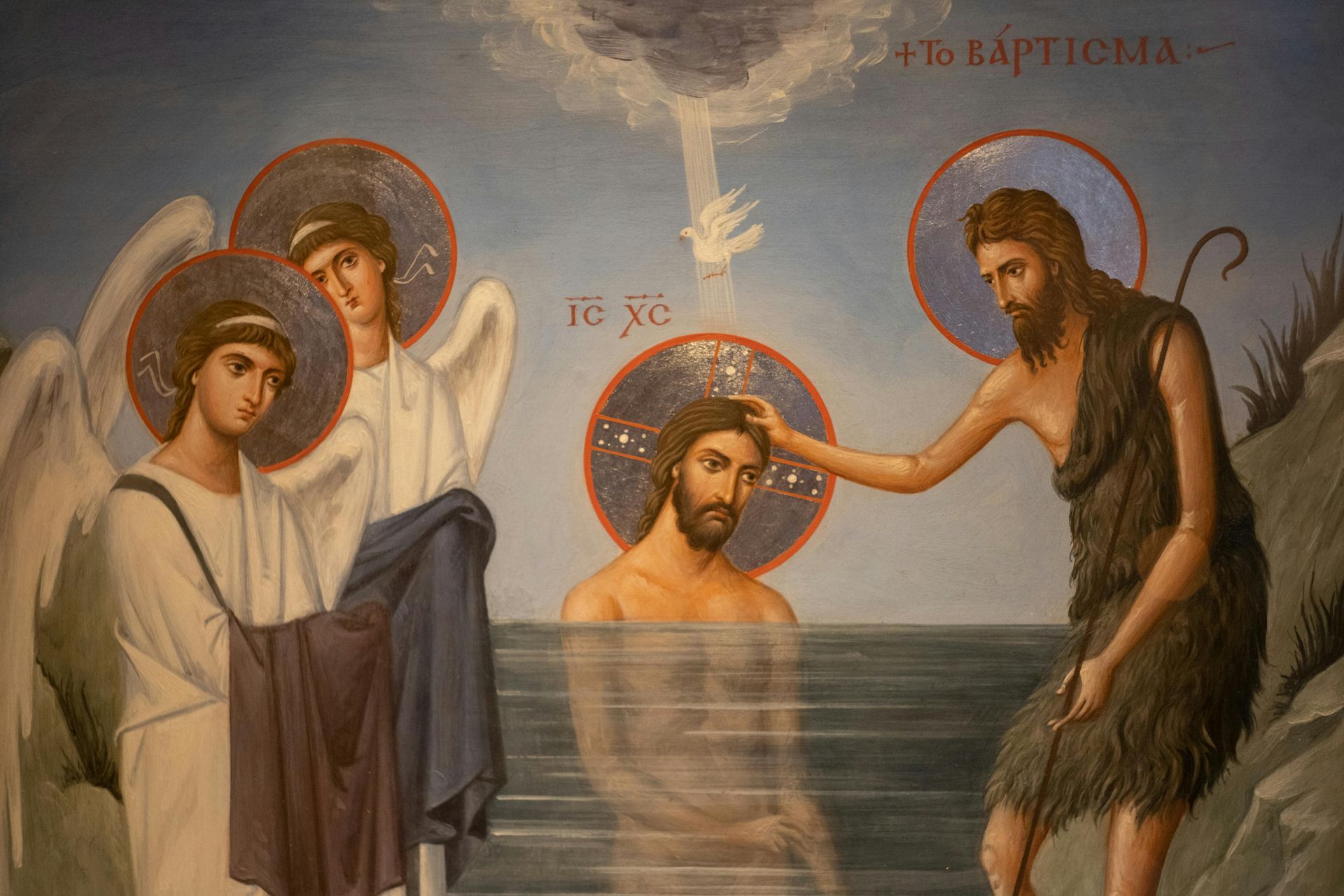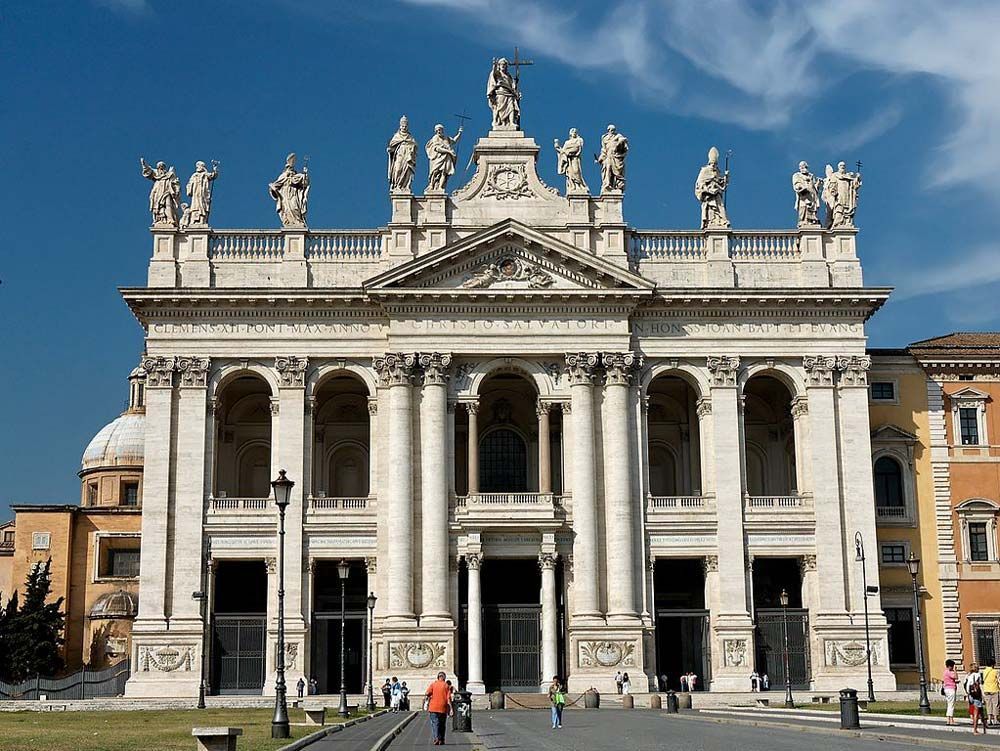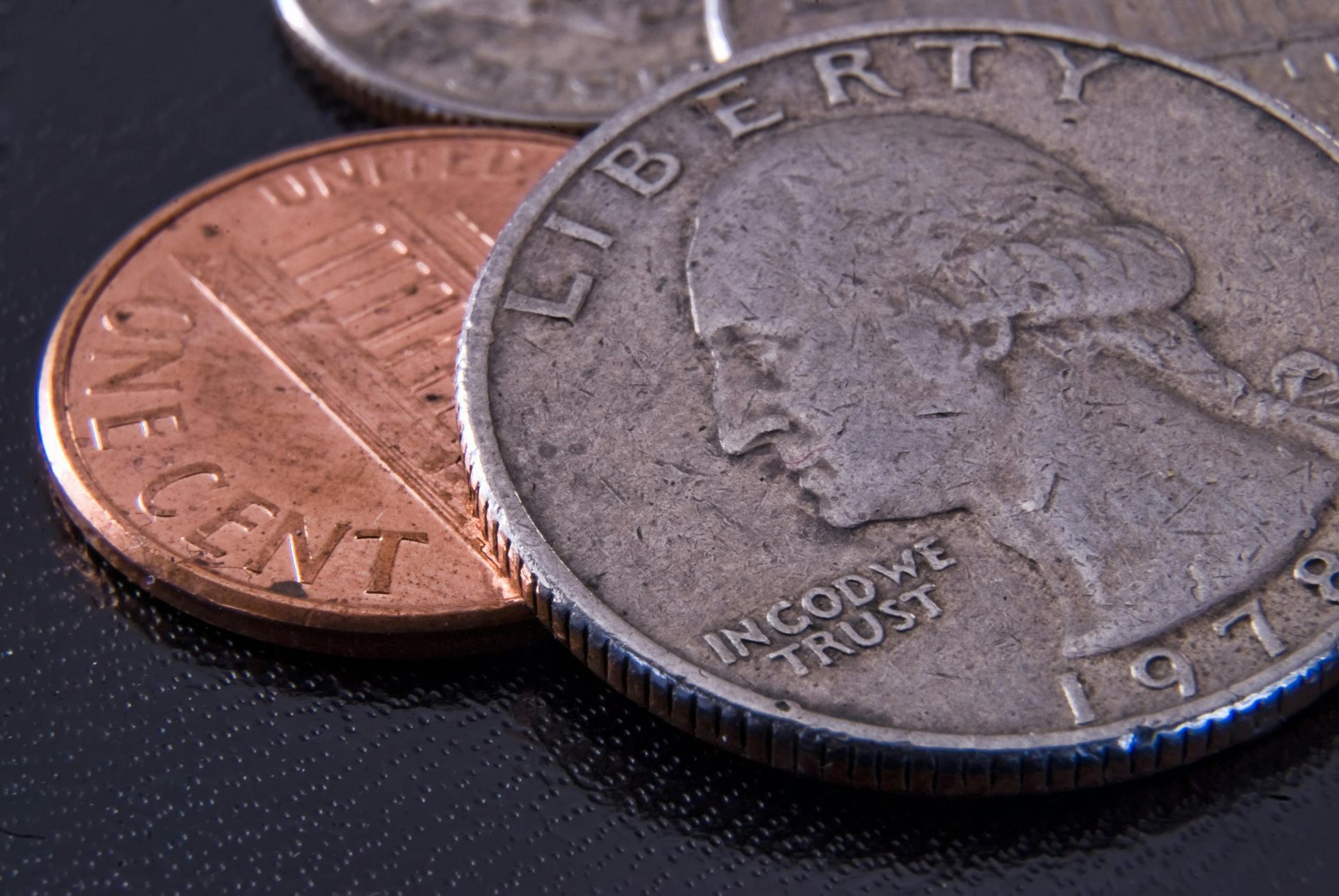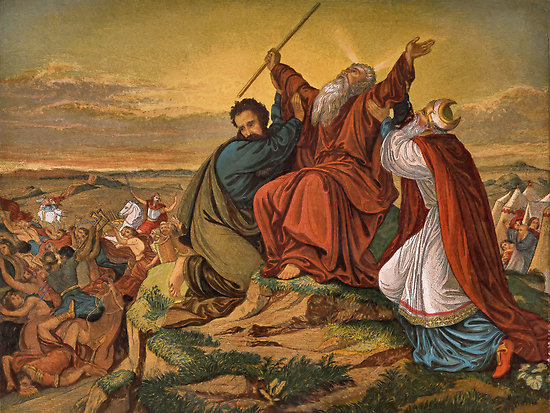Baptism of the Lord, Year C

I have a question for you: Did Jesus Christ need to be baptized? Approaching this question academically, knowing that Baptism is one of seven sacraments the Church recognizes, we might begin to answer that by asking, “What is a sacrament?” The classic definition of a sacrament is that it is an outward (that is, a visible) sign, instituted by Christ, to convey God’s grace for our sanctification — to help us grow in holiness. So does it make sense that Jesus Christ would receive a sacrament instituted by himself to convey God’s grace when he is already fully divine — God the Son? Yeah, doesn’t make much sense, does it? And on top of that, if we consider that one of the primary sacramental effects of Baptism is the forgiveness of all sin, both original sin and personal sin, and we consider that Jesus Christ, fully divine and at the same time fully human, is like us in all things except sin, then Christ has no need to be baptized to receive this sacramental effect! So pulling those few strands of logic together, I think we can conclude that Jesus does not need to be baptized for the reasons that you and I need to be baptized!
…But does Jesus Christ need to be baptized…for our sake? That is a different, and interesting, question. Today we hear from Luke’s version of the Baptism narrative, but in Matthew’s version, when John the Baptist questions whether he is worthy to baptize Christ, Jesus says “Allow it now ... to fulfill all righteousness” (Mt 3:15). Considering the definition of a sacrament I gave you a few moments ago — that a sacrament is a visible sign instituted by Christ — some theologians and Church Fathers point to Christ’s own Baptism as that very institution, or at least the beginning of the institution of the Sacrament! By physically entering into the waters of the Jordan, and by extension the waters of all the earth, Christ blesses them and sanctifies them, that they may in turn become the matter of our sanctification in Baptism. Each of the seven Sacraments of the Church has form and matter: the form consists of the words and actions of the sacrament, and the matter is the substance or prerequisite for the sacrament. Water is the matter for the Sacrament of Baptism. So in a manner, Christ needs to be baptized to establish the sacramental matter and form of Baptism for our benefit. He leads the way for us, that we may watch, listen, and follow him, leading the way by having himself baptized. Interestingly, we re-present Christ’s sanctifying entry into the waters of the Jordan at his Baptism at each Easter Vigil before we baptize our adult candidates when we dip the large Paschal candle, the Christ candle, into the waters of the Baptismal font three times — Father, Son, Holy Spirit — Christ again blessing them, making them holy, making them the matter for Baptism, the matter of our sanctification, symbolic of our cleansing from sin through Christ.
There is another connection to the waters of Baptism and the sacramental effects of Baptism that is pointed to in the imagery of Luke’s Gospel we heard today: it is the descent of the Holy Spirit from heaven “…like a dove.” The dove reminds us of the action of the Holy Spirit, literally the breath of God upon the waters of the earth at the dawn of creation, bringing forth new life. The Holy Spirit descends upon Christ, revealing him as the new creation of humanity. Jesus Christ — God the Son, the Word of God — became flesh, became one of us, that we might become a new creation in Him. In Baptism we die to our old human nature of sin and its consequences that lead to perpetual separation from God and one another. In the waters of Baptism we are united to Christ’s death, with our sins washed and buried in the waters of Baptism. And from the birth-waters of Baptism we rise with Christ, sharing in His Resurrection to new life, united to Christ forever, sharing in Christ’s divine nature.
We invoke this symbolism, and our faith, not only at each Baptism, but each time we bless ourselves with holy water, and at each funeral, when we sprinkle the casket or urn with holy water and pray:
“In the waters of Baptism [person] died with Christ and rose with Him to new life. May he/she now share with Christ eternal glory.”
We symbolize this new creation we have become through Baptism with the white garment that is donned following the Baptismal rite. Infants are traditionally dressed in white outfits. Here at St. Mary’s, we use white garments for infants, hand-made by parishioners, itself beautifully symbolic of the child joining and being welcomed by our parish Christian community. Baptized adults don a white alb, similar to what Fr. Chris and I wear under our vestments. The white garment is symbolic of the newly-Baptized having put on Christ and risen with him. St. Gregory Nazianzus, a fourth-century bishop and Doctor of the Church, also taught that the white clothing of Christ also veils our shame, the wound of our sin. Baptized and resurrected with Christ, the sin is gone, but we bear the scars, just as the Resurrected Christ bore the wounds of His crucifixion.
God’s rich love and mercy are poured out upon us as salvation and grace through the Holy Trinity in the Sacrament of Baptism. There is nothing we do to merit or earn this salvation: it is God’s free gift, poured out upon us. This is what St. Paul spoke of in his letter to Titus:
…not because of any righteous deeds we had done
but because of his mercy, He saved us through the bath of rebirth
and renewal by the Holy Spirit, whom he richly poured out on us
through Jesus Christ our savior. (Titus 3:5-6)
We are only called to seek, accept, and cooperate with God’s grace in leading a holy life. In Baptism we are incorporated
into
Christ and configured
to
Christ, marked with an indelible spiritual mark upon our soul, that claims us as belonging to Christ. And once we have been claimed by Christ, we can
never
be unclaimed.






